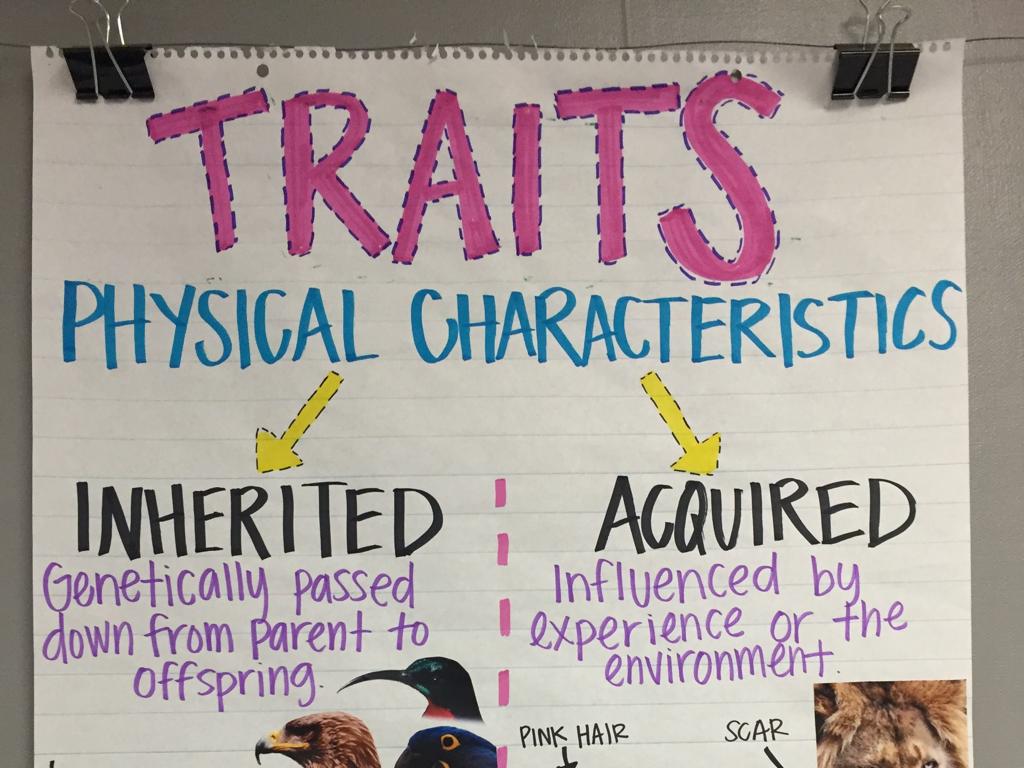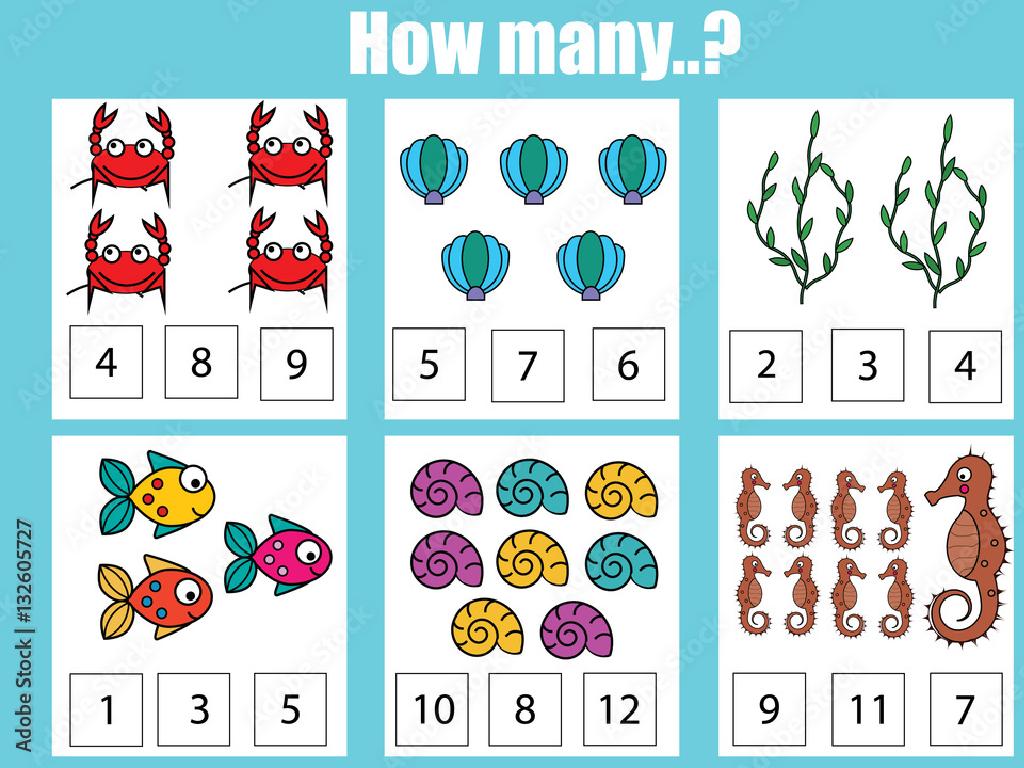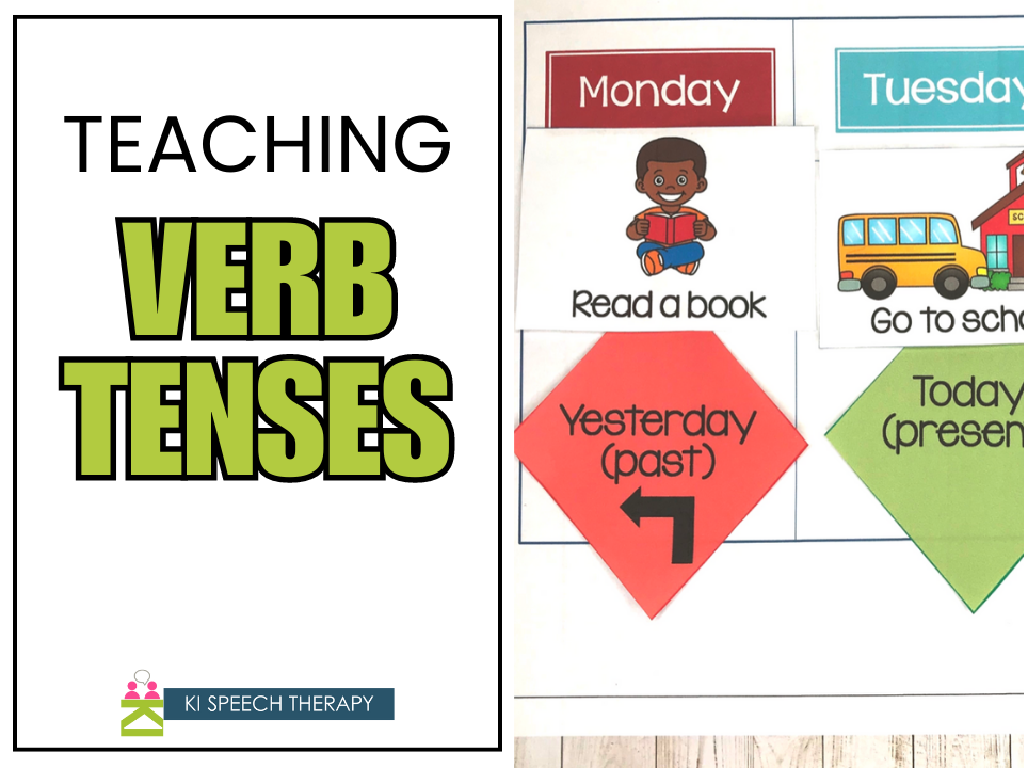Division Sentences Up To 12: True Or False?
Subject: Math
Grade: Third grade
Topic: Division Fluency Up To 12
Please LOG IN to download the presentation. Access is available to registered users only.
View More Content
Today’s Adventure: Division Sentences up to 12!
– Understanding division basics
– Division is like sharing cookies equally among friends.
– Division sentence structure
– A division sentence has a dividend, divisor, and quotient.
– True or false division examples
– Is 12 ÷ 3 = 4 true or false? True, because 3 groups of 4 make 12.
– Practice with numbers up to 12
– Let’s solve: 10 ÷ 2, 9 ÷ 3, 12 ÷ 4. Are the answers 5, 3, and 3?
|
This slide introduces third graders to the concept of division as a form of equal sharing. Begin by explaining division with relatable examples, such as dividing a set of items equally among a group. Clarify the structure of a division sentence, which includes the dividend (total items), divisor (groups to divide into), and quotient (items per group). Use true or false questions to engage students in verifying division sentences. Provide practice examples using numbers up to 12 to reinforce the concept. Encourage students to visualize the division process and check their work by multiplying the divisor and quotient to see if it equals the dividend.
Understanding Division
– Division is sharing equally
– Imagine splitting cookies with friends fairly
– It creates equal groups
– How many groups can you make with 12 cookies?
– It shows items per group
– If 12 cookies are split into 4 groups, how many in each?
– Practice with true or false questions
|
This slide introduces the concept of division to third-grade students by relating it to the idea of sharing cookies equally among friends. It’s important to convey that division is about making equal groups or determining the number of items in each group. Use real-life examples like sharing snacks to make the concept relatable. After explaining the basics, engage the students with true or false questions to assess their understanding. For example, ‘Is 12 divided by 4 equal to 3?’ (True) or ‘Can 12 cookies be divided equally into 5 groups?’ (False). This activity will help reinforce their division fluency up to 12.
Understanding Division Sentences
– Division sentence components
– Dividend, Divisor, Quotient are parts of a division sentence
– Example: 12 ÷ 4 = 3
– 12 (cookies) divided by 4 (friends) equals 3 (cookies each)
– Dividend: Total to divide
– Dividend is what we split up, like 12 cookies
– Divisor & Quotient
– Divisor is how many groups, Quotient is what each group gets
|
This slide introduces the concept of division sentences and their components to third-grade students. Start by explaining that a division sentence is like sharing cookies among friends. The dividend is the total number of items you have, the divisor is the number of groups you want to split the items into, and the quotient is how many items each group gets. Use the example provided to illustrate these concepts with a relatable scenario. Encourage students to think of their own examples and to understand that division is essentially sharing equally. This foundational understanding will help them with true or false questions in division fluency.
Creating Division Sentences
– Make your own division sentences
– Divide totals equally
– If you have 12 apples, how can you divide them equally among 4 friends?
– Use objects for visualization
– Imagine dividing 10 toys between 2 boxes. How many toys go in each box?
– Practice with examples
|
This slide is designed to engage third-grade students in creating their own division sentences, reinforcing the concept of division fluency up to 12. Encourage students to think about dividing groups of items equally and use tangible objects like fruits or toys to help them visualize the division process. Provide examples such as dividing a set number of apples among a few friends or toys between boxes to illustrate the concept. During the activity, students should practice forming true division sentences and checking their accuracy. The teacher should circulate the room, offering guidance and ensuring that students understand the concept of equal distribution in division.
True or False: Division Sentences
– Not all division sentences are true
– True division equals no leftovers
– If 12 ÷ 4 = 3, then 3 is the exact number of items in each group
– False division leaves leftovers
– 13 ÷ 4 leaves us with 1 leftover, so it’s false
– Checking division with multiplication
– Multiply to check: 3 x 4 = 12, no remainder means it’s true
|
This slide introduces the concept of true and false division sentences to third graders. Emphasize that a true division sentence means that items can be divided equally into groups with nothing left over. In contrast, a false division sentence results in leftovers, called remainders. Use simple examples to illustrate the point, such as dividing candies among friends. Encourage students to use multiplication to check their division sentences; if the product matches the original number without remainders, the division sentence is true. Prepare to have students create their own division sentences and classify them as true or false in class.
True or False: Division Sentences
– Understanding division accuracy
– Methods to verify division
– Count objects or draw groups to divide equally
– Using visuals to confirm
– Draw 15 items, make 3 equal groups to see if each group has 5
– Example: 15 ÷ 3 = 5
– Check if 15 items divided into 3 groups gives 5 items per group
|
This slide is aimed at helping third-grade students understand how to determine the truthfulness of a division sentence. Start by explaining that division is about splitting a number into equal parts. To verify if a division sentence is true, students can use objects like counters or draw pictures to visually divide the total number into the specified number of groups. For example, to check if 15 ÷ 3 = 5, they can draw 15 circles and try to make 3 equal groups. If each group has 5 circles, then the sentence is true. Encourage students to use this method with different numbers to practice their division fluency up to 12 and reinforce their understanding of division as an equal distribution.
Practice Time: True or False Division Sentences
– Solve division sentences as a class
– Determine the truth of each sentence
– Explain the reasoning behind our answers
– Use division rules to justify if the sentence is correct
– Practice makes perfect in division fluency
– The more we practice, the better we get at spotting true or false sentences
|
This slide is aimed at engaging the class in a collaborative activity to solve division sentences and determine their validity. Start by presenting a few division sentences and work through them together, encouraging students to participate in finding the answers. After solving, have a discussion on whether the sentences are true or false and why, reinforcing their understanding of division concepts. Emphasize the importance of practice in achieving fluency with division sentences up to 12. Provide a variety of examples and encourage students to explain their thinking process. This will help them not only with their division skills but also with their critical thinking and reasoning abilities.
Class Activity: Division Detectives
– Become a Division Detective!
– Find division sentences in class
– Look for sentences on charts, books, or boards
– Pair up to solve & explain findings
– Discuss with your partner how you got your answers
– Determine if sentences are true or false
– Use division facts up to 12 to verify each sentence
|
In this engaging class activity, students will work in pairs to become ‘Division Detectives’. They will search the classroom for division sentences, which could be hidden on charts, in books, or written on the board. Once they find a sentence, they will work together to solve it and determine if it’s true or false, using their knowledge of division facts up to 12. Encourage them to explain their reasoning to each other, fostering communication and critical thinking skills. For the teacher: Prepare the classroom with various division sentences beforehand, ensuring a mix of true and false examples. Monitor the pairs to provide guidance and ensure active participation. After the activity, have a discussion session where pairs can share some of their findings and the strategies they used to determine the truthfulness of each division sentence.
Becoming Division Detectives
– Congratulations, Division Detectives!
– Division in daily life
– Division helps with sharing equally, like slices of pizza
– Practice makes perfect
– The more you practice, the quicker you’ll solve problems
– Continue the division adventure
|
This slide is meant to wrap up the lesson on division sentences up to 12. It’s important to praise the students for their hard work and to reinforce the idea that understanding division is not just a math skill but a practical tool they can use in everyday life. Encourage them to keep practicing division problems to improve their speed and accuracy. Remind them that learning is a journey, and they are well on their way to becoming division experts. As a follow-up, consider assigning a few fun division problems for homework or planning a division-based game for the next class to continue building their skills.






